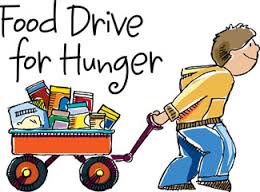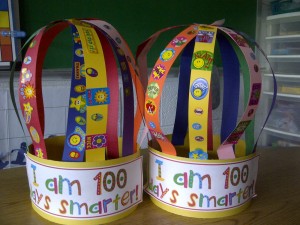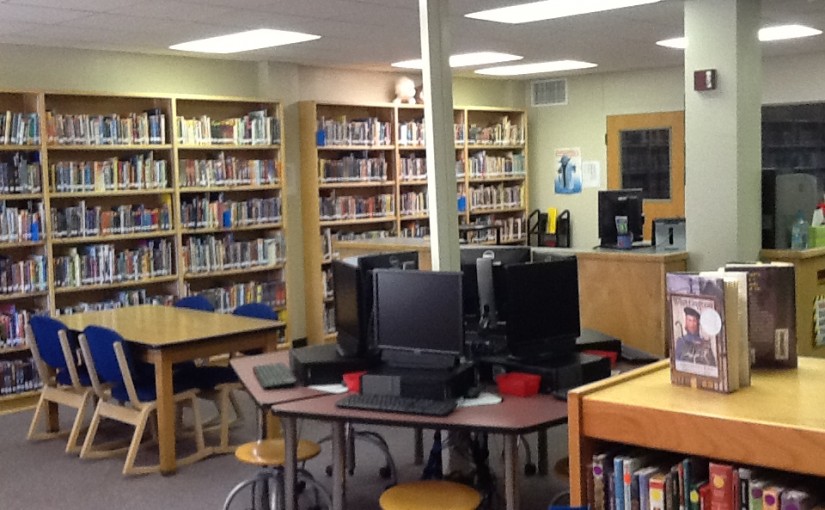Everything from creative collections of 100, craft projects, math games, to writing projects and more!
1. Make a class list of 100 words the children can spell on their own.
2. Make art with 100 dot stickers.
3. Make a list of 100 things as a class they wish they had and 100 things they do not want.
4. Donate 100 canned goods as a class.
5. Make monsters with 100 googly eyes.
6. Decorate crazy 100th day hats.
7. Make necklaces out of 100 fruit loops.
8. Work as a class to complete 100 acts of kindness.
9. Decorate drawings of what the students would look like at 100 years old.
10. Write about what you would do with $100.
11. Dress up as 100 years old.
12. Draw a tree using 100 thumbprints as the leaves.
13. Students bring 100 small items that fit in a quart size zip lock bag.
14. Make a “Before I’m 100” bucket list.
15. Make shapes/characters using the numbers “1”, “0” and “0”.
Have the best 100th day of school!!!


